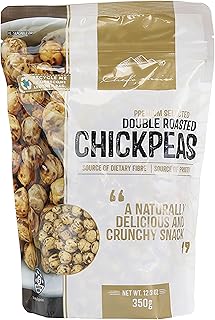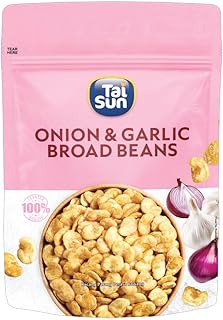Crop diversity in branded products, especially focusing on legume species globally, is a critical issue for sustainable agrifood systems. Diets heavily rely on packaged foods, making the crop diversity offered in these products vital. A study analyzed 350,000 products from the Mintel database over the last decade, revealing that soy is predominantly used, but there is progress in the utilization of pulse species, especially in Europe. The position of these species in the ingredient list and product description is essential for assessing their significance.
The environmental impacts of conventional agrifood systems and the market influence on modern diets are widely recognized. The lack of species diversity in cropping systems globally poses challenges like vulnerability to pests and climate change. The dominance of a few major crops like wheat, rice, and maize affects agricultural resilience and food security. Transitioning to diverse crops and plant-based diets is crucial, necessitating complex actions across technological, social, and economic dimensions.
Food product composition data are crucial for understanding the relationship between species diversity and agrifood systems. However, the lack of information in scientific literature and inconsistent ingredient categorization hinder comprehensive analysis. Text-mining methods applied to ingredient lists of packaged foods offer insights into crop usage trends in the food market. Analyzing food product launches can provide valuable information for policymakers and consumers.
The study focuses on legume species, particularly pulses, which are gaining attention for their role in sustainable agrifood systems and healthy diets. Pulses face challenges compared to major crops like soy, which dominate the market. By analyzing product launches globally, the study identifies over 30 pulse species used in food products, indicating growing species diversity. However, the concentration on dominant species like soy hampers overall crop diversity.
Understanding how species are used in food products and promoted on packaging provides valuable insights into the market’s emphasis on functionality over species identity. The study highlights the need for controlled vocabularies and ontologies to enhance transparency in food databases. Analyzing the food supply at the ingredient level can inform public policy and support sustainable agrifood goals.
Further research is needed to explore the geographical origin of ingredients, confront food supply with consumer purchases, and address the challenges of crop diversification at the country level. The study presents a new research agenda using text-mining methods to track food market evolution and crop species in foods, offering a valuable tool for assessing agrifood markets and biodiversity issues.
📰 Related Articles
- Study Reveals Preferences for Reusable Sanitary Products Among Women
- Study Reveals Gluten and Soy Allergens in Medicinal Products
- Study Reveals ‘Forever Chemicals’ in Reusable Menstrual Products
- Zimbabwe Study Reveals High Uptake of Menstrual Health Services
- Young Australians Exposed to Online Gambling Risks, Study Reveals






